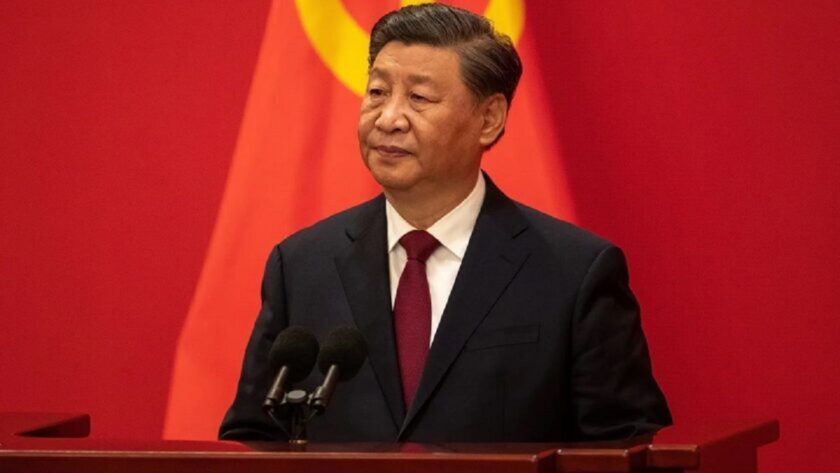The United States has purchased Argentine pesos and finalized a $20 billion currency swap agreement with Argentina’s central bank. Treasury Secretary Scott Bessent confirmed that the move came after several days of high-level negotiations with Argentine officials. The decision aims to restore confidence in Argentina’s financial system and support the peso, which had faced sharp volatility. Following the announcement, the peso gained value while Argentine bonds climbed.
Why Washington Acted Now
Argentina has struggled with declining foreign reserves, inflation, and growing pressure on its currency. The U.S. acted to prevent a deeper financial crisis that could spill into regional markets. The timing also coincides with Argentina’s approaching midterm elections, where President Javier Milei’s reform agenda faces public scrutiny. For Washington, the move signals a strategic decision to strengthen economic ties and regional stability while supporting an ally’s reform efforts.
Mechanics of the Swap and Peso Purchases
Under the $20 billion swap line, the U.S. Treasury will exchange dollars for Argentine pesos with an agreement to reverse the transaction later. The direct purchase of pesos provides immediate liquidity, helping stabilize Argentina’s financial markets. Treasury Secretary Bessent emphasized that this initiative is not a bailout but rather a temporary measure to support confidence in Argentina’s monetary system. Critics, however, argue that such actions blur the line between market support and political favor.
Market Response and Reactions
Markets responded positively to the intervention. The Argentine peso rose sharply, and bond yields fell as investors regained confidence. Argentine stocks also experienced a strong rally. In the U.S., reactions were mixed. Supporters praised the move as a smart economic strategy to prevent contagion in emerging markets. Opponents criticized it as unnecessary foreign interference, claiming that it exposes U.S. taxpayers to potential risk if Argentina’s economy fails to stabilize.
Strategic, Economic, and Political Impacts
The U.S. move demonstrates a willingness to act unilaterally to secure regional economic stability. It also reinforces Milei’s government as a reform partner during a critical period. However, questions remain about what conditions accompany the swap, including transparency and potential policy obligations. Some economists argue that the intervention carries significant risk if Argentina fails to deliver structural reforms. Others view it as a bold act of economic diplomacy that could redefine U.S. engagement in Latin America.
What to Watch Next
Observers are closely monitoring several key developments. First, analysts are watching whether the U.S. will expand the deal to include Argentine bonds or extend the swap’s duration. Second, markets are awaiting details about any conditions tied to the agreement, such as fiscal reforms or external oversight. Third, attention remains on Argentina’s political landscape as midterm elections approach and Milei’s administration seeks to maintain credibility. Finally, economic experts are asking whether this deal could set a precedent for future U.S. interventions in foreign currency markets.
Conclusion
The U.S. decision to purchase Argentine pesos and approve a $20 billion swap line marks one of the most significant financial interventions in recent years. It may help Argentina regain market stability while strengthening bilateral economic relations. Yet, the move also carries political and financial risks. Its long-term success depends on Argentina’s ability to maintain reforms and on Washington’s continued confidence that the partnership will yield mutual benefits.
Bonus Read: Government Shutdown Threatens to Stall IPO Market Recovery




https://shorturl.fm/iHjRY